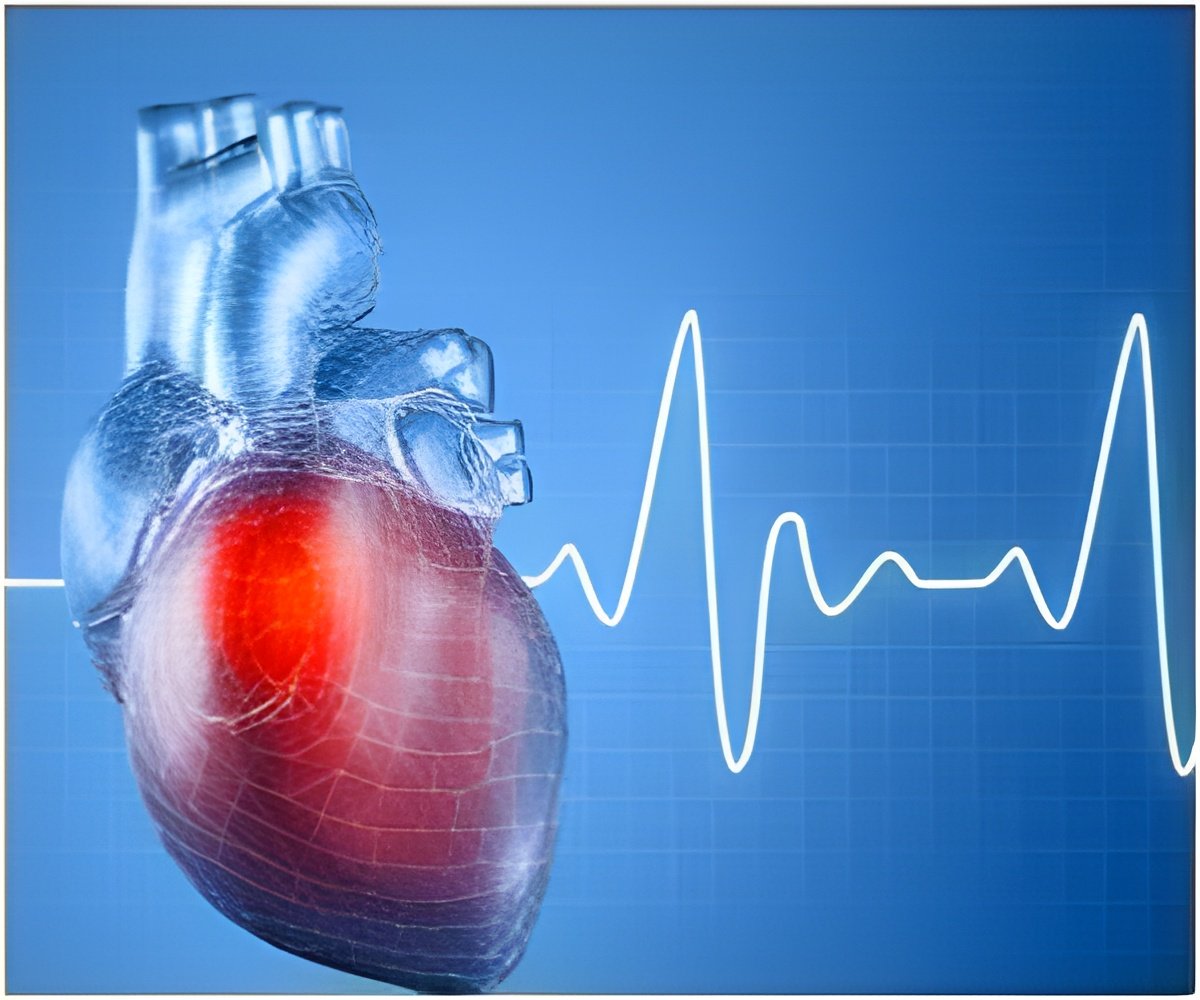The heart, often called the ‘seat of emotions, thought, and creativity’ by many scientists and philosophers spends a sleepless lifetime pumping life-giving blood to the cells.

The heart, often called the ‘seat of emotions, thought, and creativity’ by many scientists and philosophers spends a sleepless lifetime pumping blood to the cells. Despite all the eulogy heaped on the heart from time to time, it appears that the world has simply taken this ‘fist of magic’ for granted. According to estimates by the WHO, nearly 17.5 million lives world-wide are lost to heart disease and stroke each year.
Experts opine that the common condition is coronary artery disease (CAD) that is caused by thickening of artery walls due to fat deposits. This could lead to angina, heart attacks and even sudden death.
Indian hearts may just end up in the mouths reading this - experts have forewarned that by 2010, nearly 60% of the world’s cardiac related ailments will be Indian. Currently, the number of cardiac patients in India is higher than five crores; Experts feel this figure will double by 2010.
So, are Indians prone to heart disease? The answer is ‘yes’. Research has shown that Asians as a race are prone to heart disease as compared to people of other races. Added to this are other risk factors like genetic predisposition, lifestyle changes, stress, smoking, pollution and the like.
Obesity is a growing epidemic in the world. Many children today are bogged down by their own weight and are seen battling lifestyle diseases. With parents as ‘roly-poly’ models, children are left searching for the right examples to chart their own life.
Cardiovascular Conditions
Hypertensive heart disease
Hypertension or high blood pressure is also called a ‘sly intruder’, as it lies in the body, at most times without any warning signal. Hypertension damages the heart slowly but surely, exerting undue pressure on the blood vessels and the heart. It is also one of the leading causes of stroke worldwide. Therefore, it is imperative to detect hypertension early and treat it without delay.
Ischemic heart disease
Narrowing of the coronary arteries due to fat deposits gives rise to this condition. When the arteries thicken, blood supply to the heart gets affected. There is a strain on the heart as it receives reduced blood supply. This can lead to heart failure.
Narrowing of coronary arteries is a gradual process fueled by unhealthy eating habits and sedentary lifestyles. To keep the heart ship-shape, one needs to be physically active while also following a healthy diet.
Today, evolved management strategies- coronary bypass, angioplasty, and other such procedures are resorted to, depending upon the extent of blockage, which has resulted in extending lives.
Rheumatic heart disease
This form of heart disease is the result of rheumatic fever in childhood, which leaves a bad side effect. Rheumatic fever most often follows a streptococcal infection in children, which could permanently damage the heart valves. Patients resort to surgical intervention (replacement of heart valves) periodically to salvage the heart.
Inflammatory heart disease
Inflammation of the heart muscle due to an infection or due to some other causative agent leads to the condition. This can be effectively treated with medication. Yet, early diagnosis is the key.
How the Heart is Beaten - Cardiovascular Risk Factors
Inherent risks of cardiovascular disease and stroke increase with age, more so after the age of 55. The risk is manifold if there is a family history of cardiovascular disease.
Research has also shown that ethnicity influences cardiovascular risks. Asians and Africans are predisposed to cardiovascular disease as compared to other ethnic groups. Yet, with proper lifestyle and good diet, the risks can be offset or minimized.
Amendable cardiovascular risks include obesity, high cholesterol, use of tobacco, use of alcohol, hypertension, lack of exercise, and unhealthy diet.
• Hypertension is the biggest enemy for a healthy heart. In the absence of proper management it can lead to heart attack and stroke.
• High total cholesterol is an absolute no-no. Increased levels of triglycerides, high levels of low-density lipoprotein (LDL) or poor levels of high-density lipoprotein (HDL) cholesterol contribute to an increased risk of heart disease and stroke. The solution for this is clear – healthy diet, exercise and medication can keep the blood lipid profile under check.
• Tobacco, in any form simply escalates the risk of cardiovascular disease. The risk is pronounced if one has started smoking at a very early age. Giving up smoking greatly reduces the risk of cardiovascular disease.
• Long-term abuse of alcohol is a causative factor for heart disease.
• Sedentary lifestyle and lack of exercise is a short-cut for cardiovascular disease and stroke. Obesity, which could lead to diabetes, simply doubles the risk of heart disease.
• Unhealthy diet rich in fat, stress, depression and anxiety are major contributors for heart disease.
Keep the Heart Upbeat - Heart in your Hands
1. Quit smoking. Tobacco in any form is taboo for a healthy heart.
2. Get Moving.
By adopting a healthy and active lifestyle the risk of heart disease can be brought down by 25%. Moderate physical activity ranging from 30 to 60 minutes of exercise preferably 5 times a week is highly recommended. This could be in any form -stair climbing, brisk walk, cycling, and aerobics. Exercise helps minimize stress, increases the blood flow to the heart by energizing the pumping mechanism. This helps keep hypertension and other lifestyle diseases at bay.
3. Heart Healthy diet
• Eating plenty of fruits and vegetables, whole grains and dairy products which are low in fat offers protective benefits for the heart. Food rich in Omega -3 fatty acid (Fish) is known to protect the heart.
• Saturated fat and Trans fat increase the risk of cardiovascular disease. Saturated fat is found in cheese, butter, beef, palm oil, coconut oil and milk. Snacks, bakery products, chips are sources of trans fat.
4. Maintain optimum weight.
A healthy weight is imperative to decrease the risks of heart disease. Proper weight keeps a check on blood pressure, high cholesterol and diabetes.
5. Regular Health Monitoring
In the absence of regular health screening, conditions like high blood pressure and high cholesterol can go undetected. This is dangerous as it slowly damages the heart.
• It is recommended that adults have their blood pressure checked once in two years. Annual screening may be required, especially after the age of 30 years, if there is a family history of hypertension or cardiovascular disease.
• Cholesterol level, blood sugar levels may be checked annually for those (30 yrs and above) who are genetically predisposed to the conditions. For the rest of the adults, monitoring should be done once in five years.
• Regular monitoring of cholesterol, blood pressure and blood sugar is recommended for obese children, especially those with a family history of any or all of the above cardiovascular risk conditions.
Take heart – It is after all ‘yours truly’. Prevent heart disease. Beat the heart blues away - team up for healthy hearts, today!
Source-Medindia










